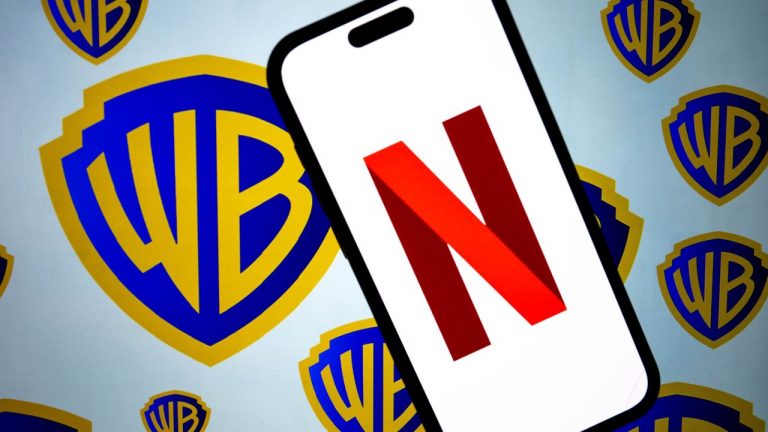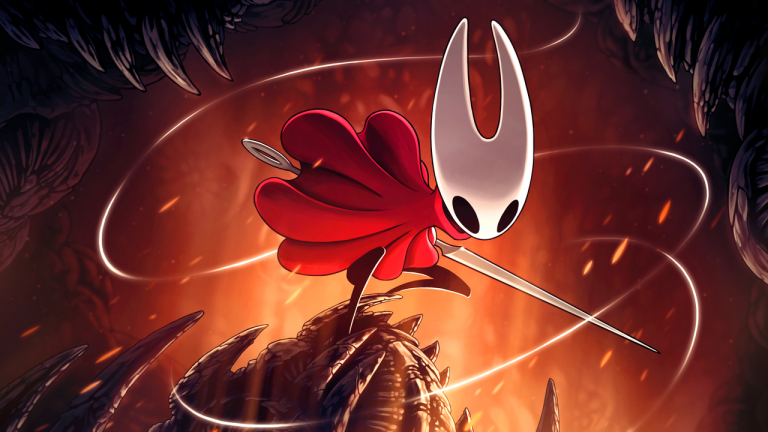Ever dreamed of creating stunning digital art but felt held back by your technical skills? Those days are over. A new era of creativity has begun with AI, enabling anyone to transform their imagination into jaw-dropping visuals with just a few words. No more struggling with complex design software or spending years mastering digital art techniques.
From ethereal landscapes to mind-bending abstract compositions, these free AI tools are your gateway to unlimited creative possibilities. Whether you’re a content creator, marketer, or just someone with a wild imagination, I’ve curated the ultimate list of AI image generators that will transform your ideas into masterpieces.
1. Flux.ai: The Rising Star
Flux.ai has been making waves in the AI art community with its intuitive interface and impressive results. What sets Flux apart is its ability to understand and interpret complex prompts while maintaining artistic coherence. The platform offers a generous free tier that lets you experiment with various styles, from photorealistic images to abstract art.
Best prompts for Flux.ai:
A serene Japanese garden at sunset, with cherry blossoms floating in the wind, cinematic lighting, 8K resolution
Cyberpunk street market with neon signs and hovering vehicles, detailed, atmospheric fog, golden hour
2. Midjourney: The Artist’s Choice
While Midjourney isn’t entirely free, it offers some of the most aesthetically pleasing results in the AI art world. Its ability to create stunning, artistic images with a distinctive style has made it a favorite among professional creators. The platform excels in creating detailed, imaginative scenes with remarkable attention to lighting and composition.
Best prompts for Midjourney:
a woman in a futuristic space helmet looking at controls with reflections in the visor, close-up
A Santa Claus rushing to deliver legal cannabis, photorealistic, Christmas
3. Tensor Art: Simplicity Meets Power
Tensor Art stands out for its straightforward approach to AI image generation. Perfect for beginners, it offers a clean interface while delivering impressive results. The platform specializes in creating artistic interpretations of prompts with a unique style that blends realism with artistic flair.
Best prompts for Tensor Art:
Abstract representation of human emotions, geometric shapes, bold colors
Watercolor painting of a coastal village at dawn, impressionist style, vibrant colors
4. Ideogram: The Detail Master
Ideogram has carved out its niche by excelling at creating highly detailed images with precise prompt interpretation. Its strength lies in generating complex scenes while maintaining consistency in style and elements.
Best prompts for Ideogram:
Steampunk mechanical butterfly with intricate brass gears and crystal wings, detailed engineering drawing style
Victorian-era botanical illustration of imaginary flowers, scientific detail, labeled parts
5. Leonardo.ai: The Versatile Creator
Leonardo.ai has quickly become a go-to platform for its versatility and powerful features. It offers various models specialized in different styles, from photorealistic to anime-inspired art. The platform’s strength lies in its ability to maintain consistency across multiple generations.
Best prompts for Leonardo.ai:
Anime-style character in a futuristic school uniform, detailed background, studio Ghibli inspired.
Hyper-realistic portrait of a frost giant, detailed skin texture, ice crystals in beard, volumetric lighting
6. Stable Diffusion Web UI: The Customizer’s Dream
While requiring a bit more technical knowledge, Stable Diffusion Web UI offers unparalleled customization options. It’s perfect for those who want complete control over their AI art generation process and aren’t afraid to experiment with different models and settings.
Best prompts for Stable Diffusion:
Portrait of a wise old dragon in Renaissance style, detailed scales, atmospheric lighting, 8k UHD
Oil painting of a magical library with floating books, dust particles visible in light beams, golden hour lighting, trending on art station
7. DALL-E: The Pioneer
OpenAI’s DALL-E continues to be a reliable choice for creating diverse artistic content. Its strength lies in understanding complex prompts and generating coherent, creative interpretations. The platform excels at following specific style references while maintaining artistic quality.
Best prompts for DALL-E:
A whimsical treehouse cafe in the style of Studio Ghibli, morning light streaming through windows, detailed interior
Retro-futuristic space station interior, art deco style, warm lighting, highly detailed.
8. Canva Text to Image: The Designer’s Companion
Canva’s AI image generator has become increasingly popular among designers for its seamless integration with the Canva platform. It’s particularly useful for creating images that work well with design projects and marketing materials.
Best prompts for Canva:
Modern minimalist product photography of a floating smartphone, clean background, professional lighting
Abstract geometric pattern suitable for business presentation, corporate colors, professional
9. Bing Image Creator: The Accessible Powerhouse
Microsoft’s Bing Image Creator, powered by DALL-E technology, has emerged as a powerful and accessible option for AI image generation. What makes it particularly attractive is its integration with Microsoft’s ecosystem and its user-friendly interface. The tool stands out for its ability to generate high-quality images while requiring minimal technical expertise. Plus, you get a certain number of free generations daily with your Microsoft account.
Best prompts for Bing Image Creator:
Close-up portrait of a mystical phoenix made of stained glass and liquid light, iridescent colors, photorealistic rendering, studio lighting
A cozy bookstore cafe at twilight with cats lounging on vintage furniture, warm ambient lighting, soft shadows, photorealistic style, 4K resolution
Pro Tips for Better Results
Be specific with your descriptions, including lighting, style, and mood
Use artistic references when possible (e.g., “in the style of…”)
Experiment with different aspect ratios and resolutions
Include technical terms like “8K,” “photorealistic,” or “detailed” for higher-quality results
Don’t be afraid to combine different artistic styles
Remember that each tool has its own strengths and quirks. The best way to find your perfect match is to experiment with different platforms and see which one aligns best with your creative vision. As these tools continue to evolve, we can expect even more impressive capabilities in the future.












